SUMMARY
This is AI generated summarization, which may have errors. For context, always refer to the full article.
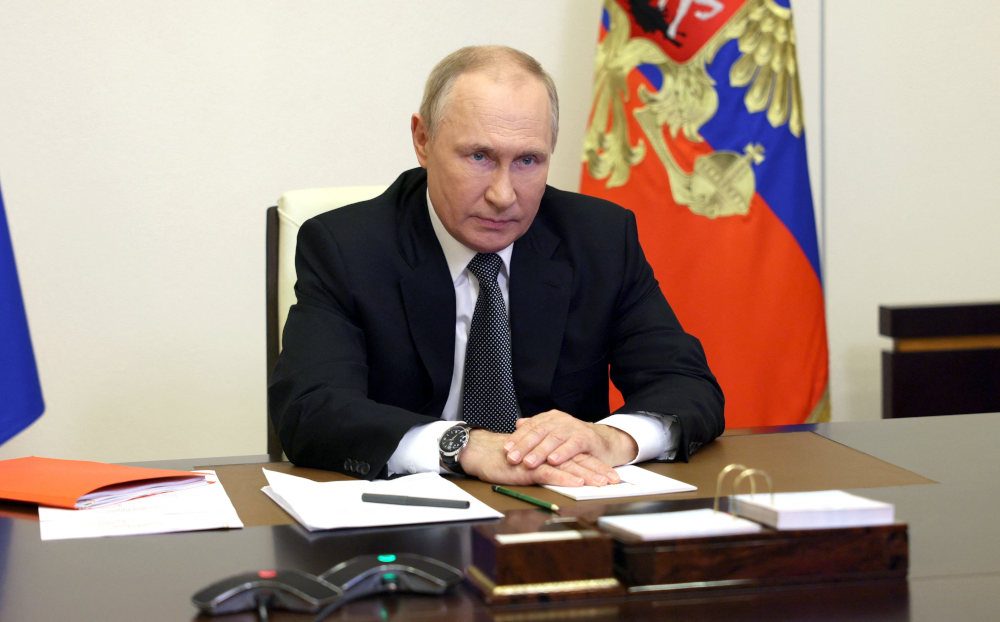
Russian President Vladimir Putin on Wednesday, October 19, declared martial law in four partially occupied regions of Ukraine that Russia claims as its own.
Although Russia has unilaterally annexed and does not fully control any of the four regions – Donetsk, Luhansk, Kherson and Zaporizhzhia – it is imposing martial law there as if they were Russian territories.
The law that Putin invoked, dating from 2002, has never been used and can be implemented only if Russia faces aggression or the “immediate threat of aggression.”
Below are some of the possible consequences of Putin’s decree:
Mobilization
Martial law in Russia automatically entails a general or partial mobilization of troops.
However, a partial mobilization has already taken place in Russia and been extended to the occupied regions, so it is unclear if more men will be called up.
The decree says that under martial law, authorities will have the power to enact measures to “meet the needs of Russia’s armed forces”, and that “territorial defense” will be carried out.
Vitaliy Kim, governor of the Mykolaiv region in southern Ukraine, said he believed Putin’s decree was intended to enable Russia to “mobilize our people who’ve remained” in occupied territory.
Compelling civilians to serve in the armed forces of an occupying power is defined as a breach of the Geneva Conventions on conduct in war.
Curbs on movement
Martial law allows the authorities to curb movement and set curfews confining people to their homes.
Russian human rights lawyer Pavel Chikov said the laws would also mean checkpoints and vehicle inspections, while authorities would have the power to detain people for up to 30 days.
Russian-installed officials in Kherson had already announced a seven-day ban on civilians entering the region.
Vladimir Saldo, head of the Russian-installed administration, was quoted by state-run news agency TASS as saying a curfew was not needed for now, shortly before confirming that he was handing over authority to the military.
Relocation
The measures may also allow the forcible relocation of people to other regions, according to Chikov.
Russian law allows for the temporary “resettlement” of residents to safe areas and the evacuation of “objects of economic, social and cultural significance”. Saldo announced on Wednesday that 50,000-60,000 people would be evacuated from part of the Kherson region over the next six days as a Ukrainian counteroffensive gathers pace.
The head of Russia’s Security Council, Nikolai Patrushev, said on Wednesday that 5 million residents of the Donbas region and other parts of southeast Ukraine had “found refuge” in Russia in recent years from persecution by Kyiv, according to TASS.
Ukraine has accused Russia of deporting people from occupied territories. A U.S. envoy said in September that Russia may have forcibly deported between 900,000 and 1.6 million Ukrainians, accusing it of a war crime. – Rappler.com
Add a comment
How does this make you feel?

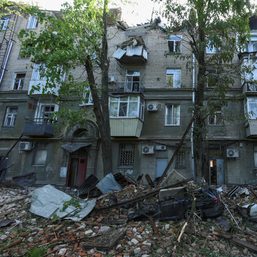
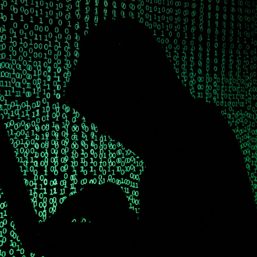
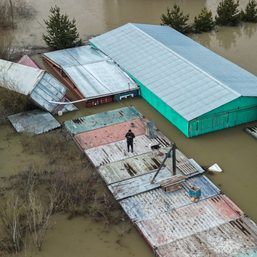
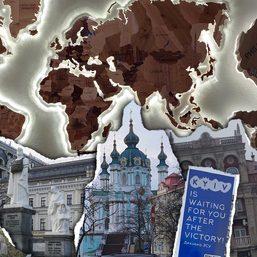
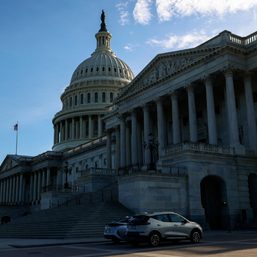
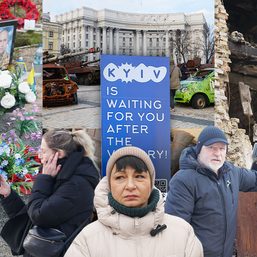
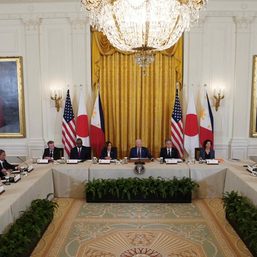
There are no comments yet. Add your comment to start the conversation.